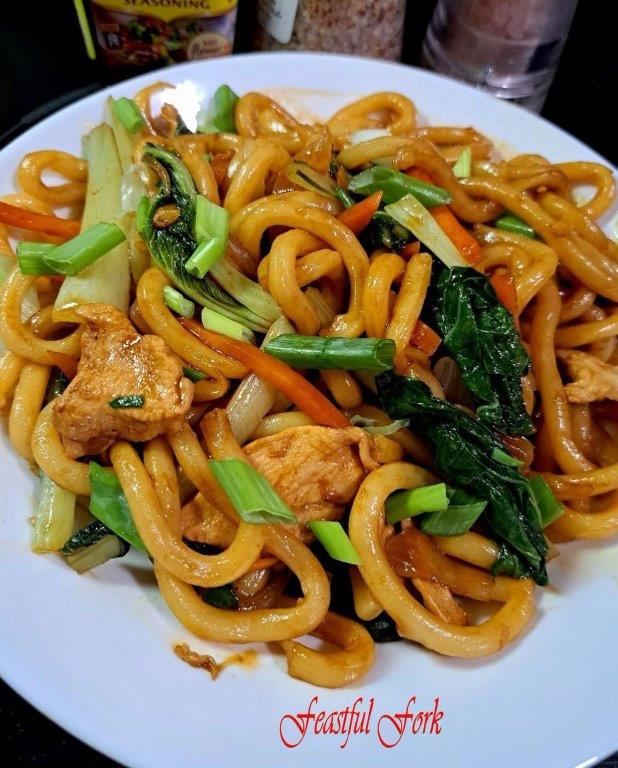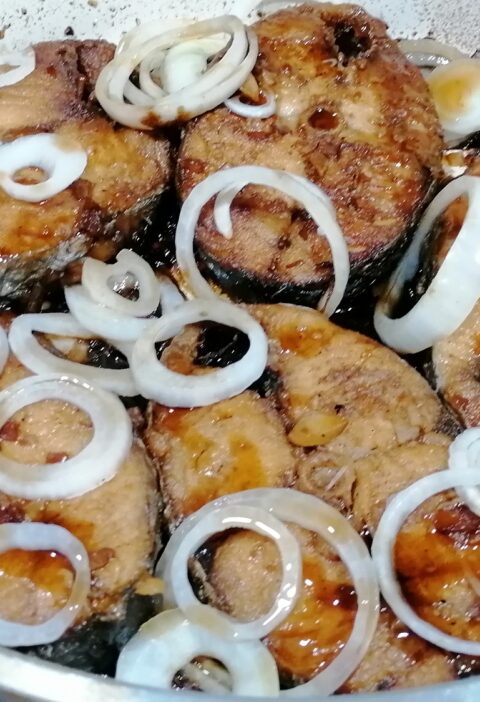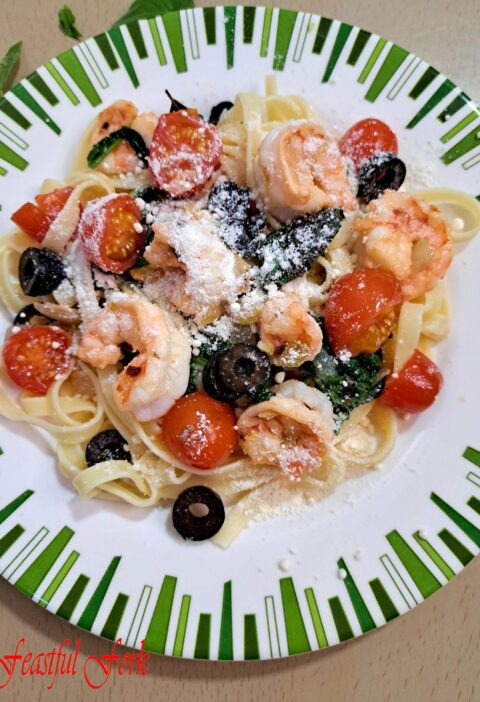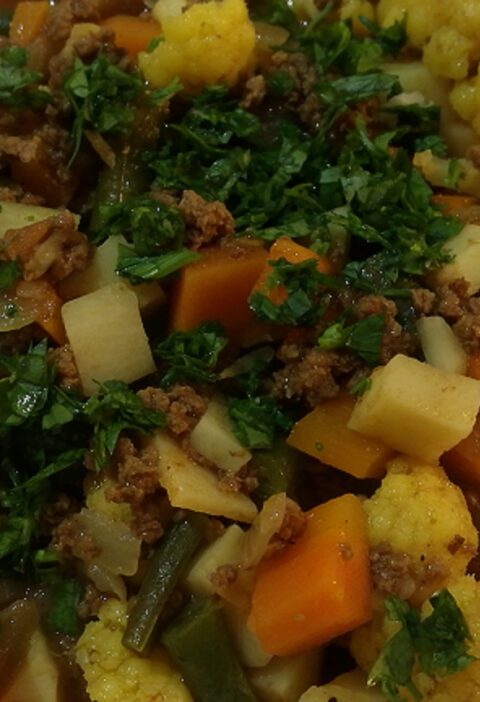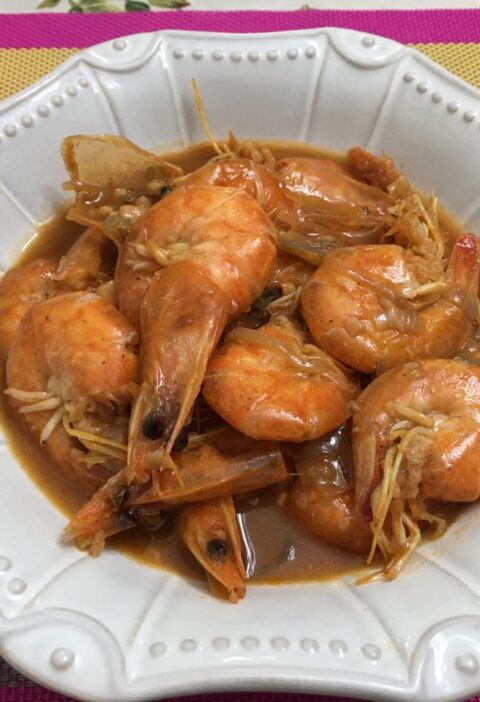Growing up, I only got to eat yaki udon when we eat out – this was not all the time, of course. While mom does not crave Japanese food, she did not experiment with cooking this cozy bowl of comfort I now call yaki udon chicken. Well, this might just be your next go-to comfort food. With its thick, chewy noodles and savory sauce, Yaki Udon is a staple in Japanese cuisine for a good reason. Although yaki udon recipes vary with their meat choices such as chicken, beef, pork, or sometimes, seafood, we will bring you here a recipe for chicken yaki udon noodles.
Before jumping into the wok, let’s untangle the differences between yaki udon and its close cousin, yaki soba. They may seem similar, but each brings its flair to the table.
Difference Between Yaki Udon and Yaki Soba
Yaki Udon
- Noodles: Thick, chewy udon noodles made from wheat flour.
- Texture: Udon noodles are more substantial and have a firmer texture.
- Flavor: Typically has a slightly lighter and sweeter flavor profile. The sauce can include soy sauce, mirin, and occasionally a bit of dashi (Japanese soup stock).
- Ingredients: Commonly includes vegetables (like cabbage, carrots, and scallions), meat (such as chicken, beef, or pork), and sometimes seafood.
- Popularity: Particularly popular in the western regions of Japan.
Yaki Soba
- Noodles: Thinner soba noodles made from buckwheat flour (the name “soba,” often refers to buckwheat noodles).
- Texture: Soba noodles are thinner and more delicate compared to udon noodles. Yakisoba usually features thinner, more wriggly noodles that resemble Chinese Lo Mein egg noodles.
- Flavor: Usually has a richer, more savory flavor. The sauce is often made from a combination of Worcestershire sauce, oyster sauce, soy sauce, and sometimes ketchup or sake.
- Ingredients: Similar to yaki udon, it includes vegetables and meat or seafood, but the specific vegetables and proteins can vary.
- Popularity: Common throughout Japan and often found in street food stalls and festivals.
In summary, the main differences lie in the type and texture of the noodles and the flavor profile of the sauces used in each dish.
Pre-cooked or Dry Udon Noodles?
Plunge pre-cooked udon noodles into some hot water briefly – about 2-3 minutes. This helps loosen them up so they can twirl around your fork just the way you like. Now, be a bit gentle – use chopsticks or tongs to tease them apart and avoid noodle breakage drama.
Rocking dry or fresh udon noodles? No worries! Follow the package directions (usually a quick boil) and give them the same hot water treatment. Remember, these noodles are not the gluten-free kind and are as vegan and dairy-free as it gets.
When your noodles are done playing their hot water dip, it’s stir-fry time! You’ve now got the perfect base ready to soak up all that savory sauce and umami goodness in your skillet.
Cooking Tips for Yaki Udon Chicken
Alright friends, let’s get our yaki udon chicken game rocking with a few hot tips to make sure your stir-fried noodles are the talk of the table! First, have all those vibrant veggies and any other mix-ins chopped and ready to roll before you even think about firing up the stove.
Tip #1: Noodle Know-How
- Fresh or frozen udon noodles are your besties here. Frozen udon from brands like Shirakiku nails that chewy texture and are Sanuki style – meaning they’re legit. If you’re using frozen noodles, loosen them up with some hot water.
- Got dry udon noodles? No sweat. Just boil ’em in a pot of water till they’re al dente, then shock ’em in cold water to stop the cooking process.
Tip #2: The Swift Stir-Fry
- Crank up the fire to medium heat and keep things moving in the pan. We’re talking 2-3 minutes for veggies and 3-4 minutes for those noodles to soak up all that savory sauce goodness.
Tip #3: Savory Sauciness
- Your sauce is the soul of yaki udon chicken (or any meat of your choice, for that matter). Dark soy sauce, Oyster sauce, a sprinkle of sugar – mix these for an umami bomb. Splash it in and watch the magic happen.
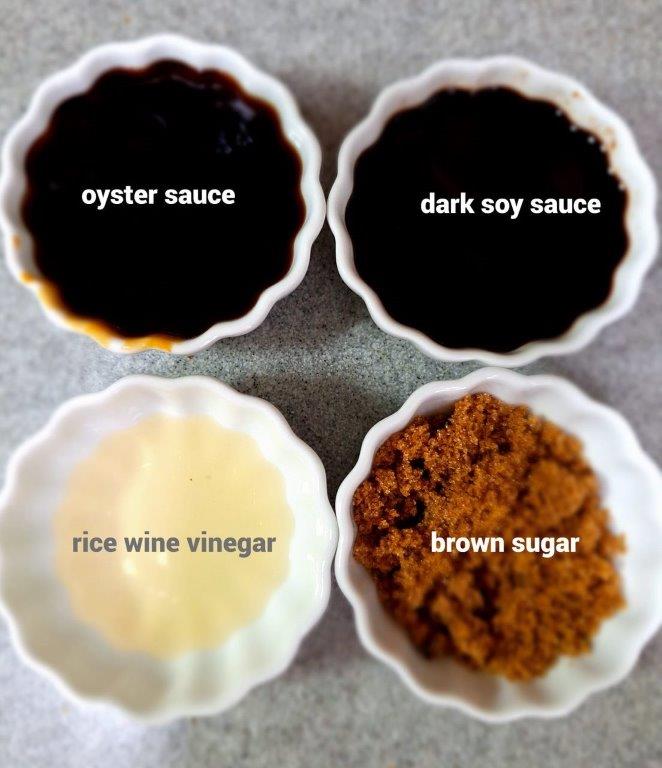
Ingredients at a Glance
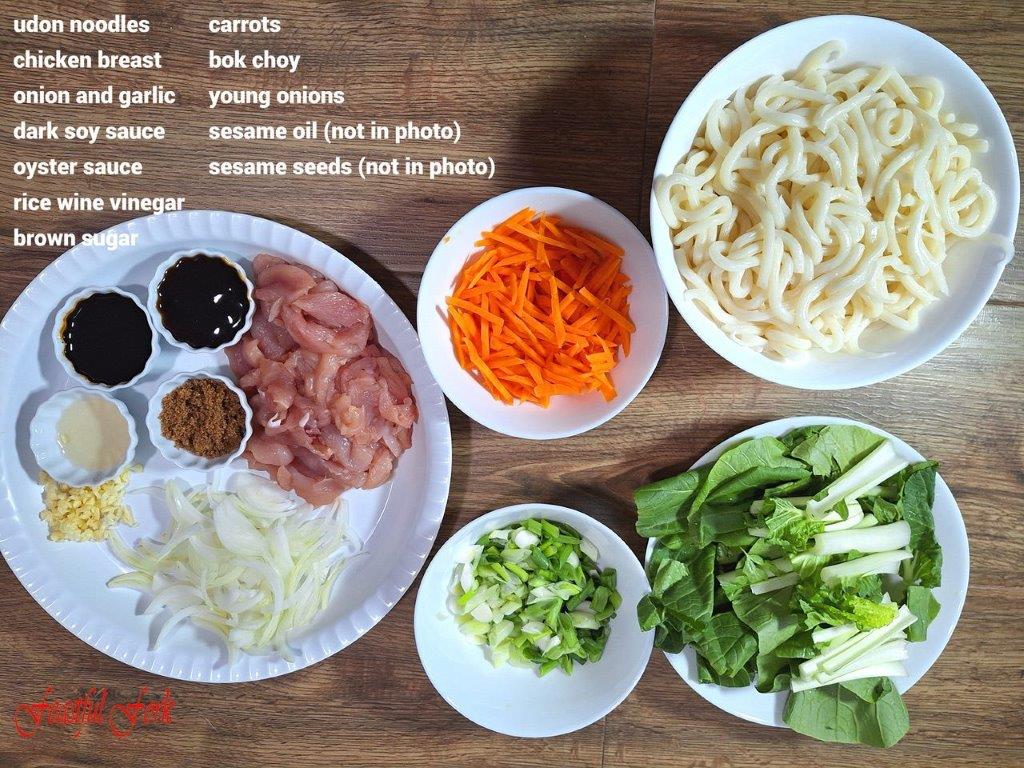
- Udon Noodles: These wide, chewy noodles are the main attraction, available fresh, frozen, or dry at Asian grocery stores.
- Proteins: Go classic with thinly sliced chicken, or you can toss in shrimp, or keep it veg with tofu.
- Vegetables: Crunch it up with green onions, bok choy – a must in traditional recipes – and add carrots or shiitake mushrooms.
- Sauce: The secret’s in the sauce! Whip up with soy sauce, sake, mirin, and sesame oil for that authentic umami flavor.
Next time you’re at your local Asian grocery, grab some udon and get your stir-fry on!
Different Variations of Yaki Udon
Traditional Yaki Udon Chicken: For a classic take, chicken is sliced and stir-fried into the mix, soaking up that umami flavor and complementing the thick, springy noodles.
Seafood Delight: Seafood lovers can switch it up by tossing in succulent shrimp or squid.
Beef it Up: Craving something heartier? Beef strips can add a robust, rich essence that really stands up to the potent flavors in the sauce.
Nutritional Benefits of Yaki Udon
Yaki udon isn’t just a treat for your taste buds; it’s also a nutritional powerhouse that packs a punch into your diet. With its beautiful balance of carbs, protein, and veggies, it’s the kind of meal that has you covered on all fronts.
Fueling up? Udon noodles are your go-to. These thick, chewy strands are champions of carbohydrates, giving you that energy you need to power through your day. As for vitamins and minerals, the colorful array of veggies like bell peppers, cabbage, and bean sprouts, yaki udon is like a nutrient party on a plate.
Protein? Check. Whether it’s chicken, beef, or a splash of seafood, yaki udon’s got essential amino acids that your body loves. This isn’t just about filling up; it’s about fueling right.
Yaki Udon’s nutritional wins:
- High in Carbohydrates: Udon noodles = Energy boost
- Vitamins & Minerals: Veggies bring a nutrient-dense mix
- Essential Proteins: Pick your protein for a well-rounded meal
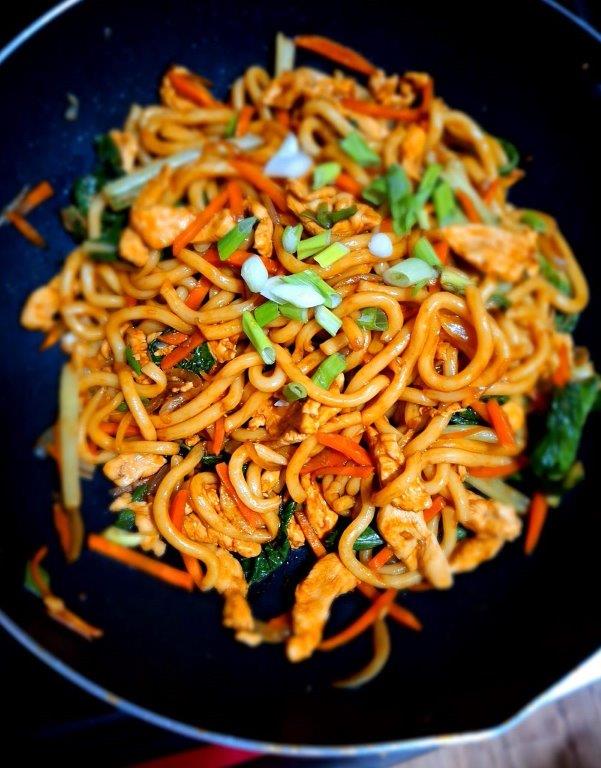

Recipe for Yaki Udon Chicken
- Prep Time: 10 minutes
- Cook Time: 15
- Total Time: 25 minutes
- Category: Main dish
- Method: cooking
- Cuisine: Japanese
Description
Tender, sliced chicken breast and savory sauce served with perfectly cooked udon noodles—a delightful blend of traditional Japanese flavors that make for a comforting and satisfying meal.
Ingredients
- 2 packets udon noodles
- 2 pieces chicken breasts, sliced thinly
- 3 tbsp cooking oil
- 4 cloves garlic, minced
- one medium-sized onion, chopped
- 3 medium bunch of bok choy
- 1 medium-size carrot, julienned
- 2 tbsp dark soy sauce
- 2 tbsp oyster sauce
- 1 tsp mirin sauce (I replaced this with rice wine vinegar, in addition to 1/2 tsp already required)
- 2 tsps brown sugar
- 1/2 tsp rice wine vinegar
- 1 tsp salt
- 2 tbsp sesame oil
- 2 stalks young onions – for garnish
- 1 tbsp toasted sesame seeds – for garnish
Instructions
- Cook udon noodles in a pot of boiling water for 2 minutes or until they are separated and aldente. Rinse in cold water and drain excess water. Set aside.
- In a small bowl, mix dark soy sauce, oyster sauce, mirin sauce (if using), brown sugar, and rice vinegar. Set aside.
- Heat oil in a pan and sautee garlic and onions. Add sliced chicken breast and cook until all the juices evaporate.
- Add carrots and stir for no more than 2 minutes. Add the bok choy and stir once.
- Add in the noodles and mixed sauce. Stir until all ingredients are well combined.
- Season with salt as necessary. Add sesame oil and stir once.
- Garnish with young onions while still hot so that the onions cook a bit from the heat of the noodles.
- Sprinkle with toasted sesame seeds as additional garnish.
Frequently-asked Questions
What is the difference between udon and soba noodles?
Udon and soba might both be stars in the world of Japanese noodles, but they’re as different as spaghetti and fettuccine. Udon, the base of our beloved yaki udon, are these plump, wheat-based noodles with a soft, chewy personality. Soba is a whole other vibe – thinner, with an earthy tone, thanks to the buckwheat flour they’re made from. It’s all about the thickness and the wheat!
Can I use other types of noodles for yaki udon?
While soba or egg noodles like those in yakisoba and lo mein can be tasty, they just won’t give you that distinct yaki udon chew. Stick to udon to keep it authentic and let those noodles soak up that savory sauce like the pros they are.
Can I replace dark soy sauce with regular soy sauce?
Yes, of course. The major difference you’d see is the color of the cooked noodles.
Can I make yaki udon vegetarian or vegan?
Absolutely! Wave goodbye to meat and seafood and say hello to tofu, tempeh, or just a colorful fiesta of veggies. With udon noodles as your canvas, you can create a vegetarian or vegan masterpiece that’s both filling and full of flavor. Just remember to check the sauce ingredients to keep everything plant-based.
How long does yaki udon last in the fridge?
You’ve got a 3-day grace period to revisit noodle nirvana with your leftover Japanese udon noodles. Just make sure you seal them up tight in an airtight container before they hit the fridge. When you’re ready for round two, a little pan action with a dash of water should wake those noodles up nicely.
Can I freeze yaki udon?
Freezing yaki udon can be a culinary gamble. While freezing might sound like a nifty noodle hack, the truth is, those udon are likely to lose their charm and turn a bit mushy on you. Best to enjoy them fresh or within a couple of days from the fridge to keep that bounce in your bite.
Can I reheat yaki udon in the microwave?
For a quick noodle fix, the microwave has got you covered. Zap your yaki udon in a microwave-safe dish, and maybe sprinkle a few drops of water to keep the moisture level on point. Keep an eye on the clock, though; overheating could turn your noodles into a sad, sog.

